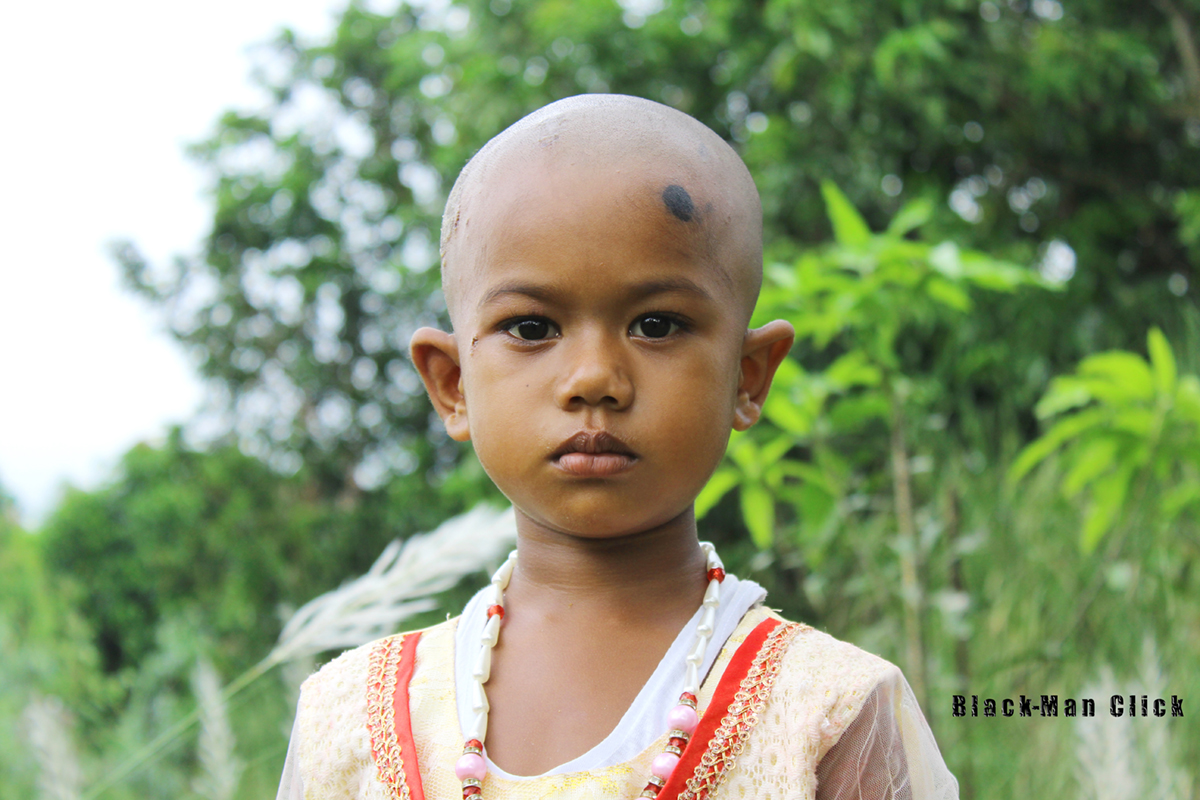
When a child or an adolescent is diagnosed with an emotional disorder, he/she usually has problems with anxiety and/or mood. Therefore, emotional disorders in teenagers are usually noticeable through their behavior, even though there are no specifically defined guidelines for this type of diagnosis. Basically, emotional problems manifesting through distress lasting for a long period of time can often be diagnosed as a disorder.
Diagnosing Emotional Disorders
As far as possible guidelines for diagnosing emotional disorders are concerned, the WHO published the International Classification of Diseases in 2004. Also, a couple of years before this, in 2000, the American Psychiatric Organization published Diagnostic and Statistical Manual of Mental Disorders.
Most diagnosis information that these two contain coincide with one another, allowing medical experts insight into mood disorders, classified into bipolar and depressive ones, anxiety disorders, with their subclasses – post-traumatic stress disorder and OCD and many different phobias and anxiety issues classified as separate.
In most cases, both adults and children can be diagnosed with the same emotional disorder. Nevertheless, some of these are more likely to affect one of these two groups. Fortunately, the above mentioned documents state such proneness clearly.
Basically, diagnosing emotional disorders in people requires health experts to match the necessary criteria with the symptoms an individual is showing. In order for this to be possible, the diagnostician needs to observe the behavior of the patient, in this case a child or an adolescent, and seek additional information from the parents or other members of his/her social circles.
There are many different criteria related to this type of diagnosis and it is often a very tedious and demanding process. Moreover, the fact that children often find it very hard to explain their problems and feelings makes the whole matter worse.
Furthermore, cultural and age factors are also involved in the diagnosis, since the health expert needs to take these into close consideration when assessing a child or an adolescent. Additionally, sometimes, the child may show more than a single disorder manifestation, again decreasing chances of a straightforward, precise diagnosis. In fact, a single emotional disorder may interfere with yet another, underlying one, changing it, concealing it or affecting it in any other way.
On certain occasions, usually due to controversy, certain mental disorders get more often diagnosed than others. For example, in the US, recently, there is a significant increase in bipolar disorder patients. This fact makes other people question the diagnosis per se, since other factors have obviously influenced it.
Treatment
In most cases, emotional disorders in children and adolescents are treated through psychosocial interventions. This means that the main methods for treating this group of problems involve family therapy, cognitive-behavioral therapy, social skills training, interpersonal psychotherapy, relaxation training etc.
All treatments are recorded and stored for future reference. The most difficult part of the treatment is the individuality of every single child or adolescent, since there is no universal therapy that works for all. Rather, a series of tests and trials of different treatment are necessary. What works for some children may not be effective for others due to linguistic, cultural, social, economic and various other differences.
Besides therapy, medications are known to help, even though the effects of different medications made for these purposes need to be tested further due to the fact that most drug tests and therapies are done on adults.
Usually, medications which work with most children get greater attention than those which were successful in treating just a few young patients with emotional problems. Finally, if a child suffers from serious emotional problems, he/she is usually treated with a combination of medications and psychosocial therapy, along with some other specialized forms of treatment.
Relevant Statistical Data
Today, about 40% of all children in need of a special health care require treatment for emotional disorders. Moreover, 10% of all parents whose children receive this kind of medical support remain dissatisfied with the effectiveness of it.
According to various different research studies, 2 out of 5 children in need of health services suffer from an emotional or a behavioral disorder. The most common cases are ADHD, depression and acute mental health disorders.
A study carried out by the National Survey of Children with Special Health Care Needs in 2002 revealed that 59% of all children conditions involving emotional or behavioral disorders require more than an hour of week care coordination. Furthermore, 32% of all cases of emotional disorders in children and adolescents are considered severe and 35% of all parents of children with emotional or behavioral disorders reduce their working hours in order to help their children. Finally, 11% of all these children never receive adequate health care, mostly due to the lack of funds of the parents (62% of cases).
All in all, from diagnosis to treatment, emotional and behavioral disorders in children and adolescents are a complicated state of affairs. Due to every child's individual personality and unique characteristics of emotional problems, health experts need to be very careful if they are to help these children overcome their issues.
The treatment involves many different approaches and combined therapies, depending on the improvement of the condition or lack of it.


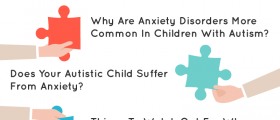


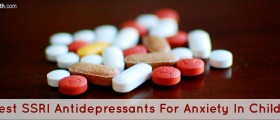
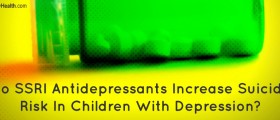









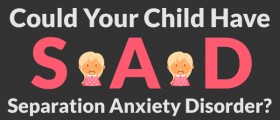
Your thoughts on this
Loading...